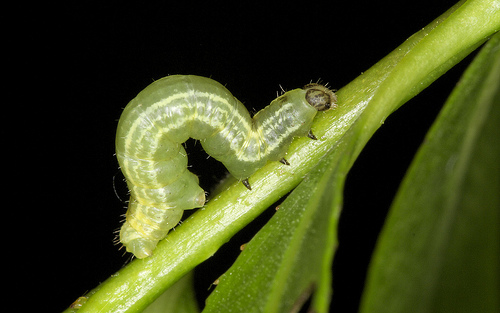 You may have begun to notice the little white moths flying around at night………guess who!!!
You may have begun to notice the little white moths flying around at night………guess who!!!
What can you do now to help protect your trees from Winter Moth and other voracious insects ?? Nothing ….OR you can spray a Horticultural Oil to smother any eggs that have been laid and suffocate any that have hatched. Our licensed professionals are here to help you –
Aliases
The Munch’ Inch Worm; Operophtera brumata
Hangout
Ornamental, orchard and forest trees, especially oaks and maples
Physical Features
Young are green inchworms (up to 1″ long) with racecar white stripes on sides: adult males are grayish brown with 1″ wingspans, and appear hairy; females have no wings
Life Cycle and DAMAGE
Winter moth larvae hatch and feed ravenously on leaves and fruit beginning as early as March, when temperatures average 55F. Larvae feed on the inside of buds, especially the flower buds of fruits, and leaf clusters during the day, inching their way to the outside of leaves at night. Older larvae feed on foliage. In areas with large infestations winter moth larvae can completely defoliate host plants. In June, larvae drop to the ground under the trees where they bury themselves in the soil until fall. November through January, adults come out and mate. Having no wings, females have a grueling climb up tree trunks where they lay eggs.
As always, we welcome your questions and feedback below….
[facebook]


